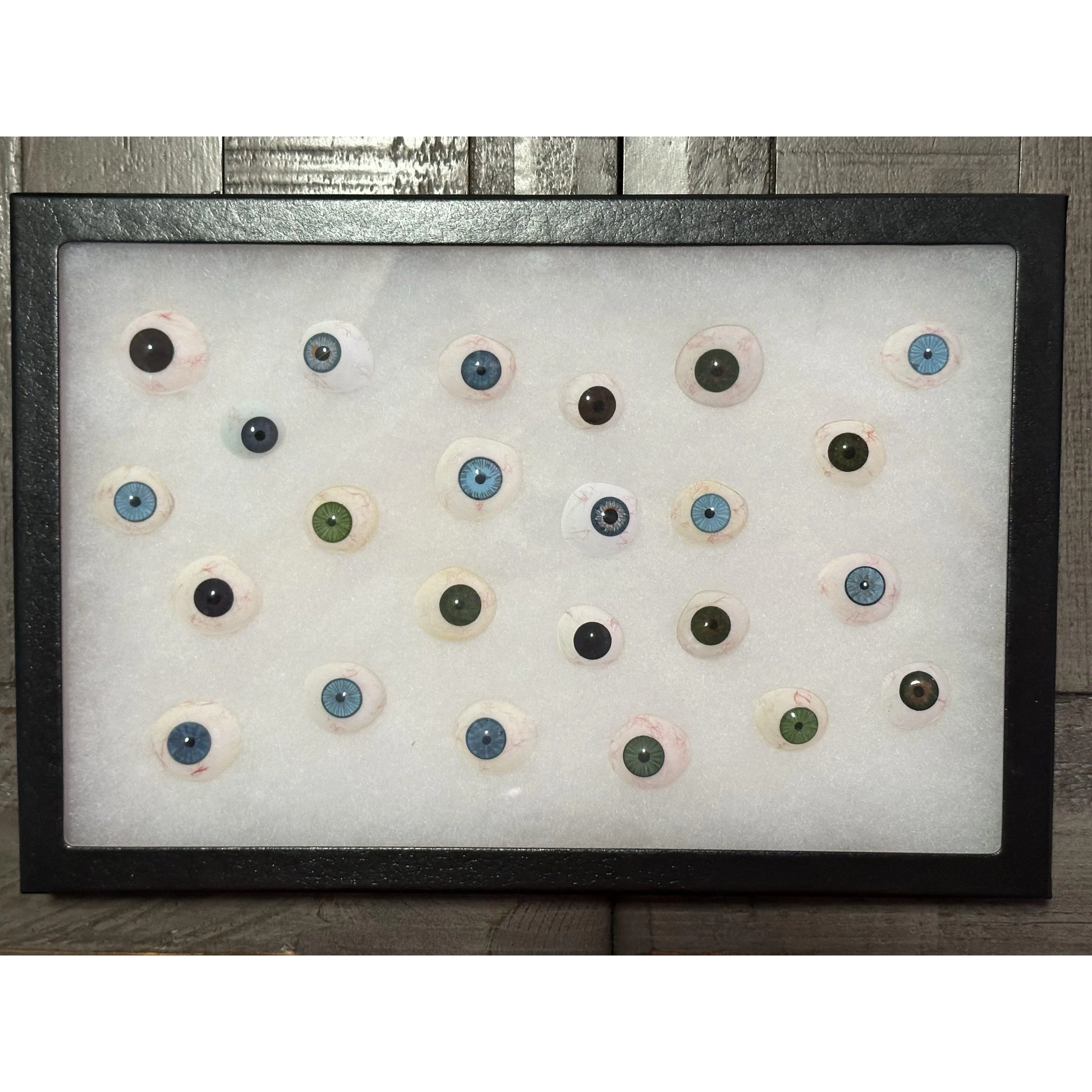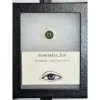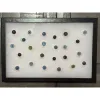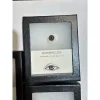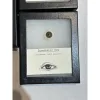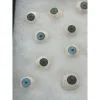Prosthetic Human eye, Hand made
The earliest known evidence of the use of ocular prosthesis is that of a woman found in Shahr-I Sokhta, Iran dating back to 2900–2800 BC. It has a hemispherical form and a diameter of just over 2.5 cm (1 inch). It consists of very light material, probably bitumen paste. The surface of the artificial eye is covered with a thin layer of gold, engraved with a central circle (representing the iris) and gold lines patterned like sun rays. On both sides of the eye are drilled tiny holes, through which a golden thread could hold the eyeball in place. Since microscopic research has shown that the eye socket showed clear imprints of the golden thread, the eyeball must have been worn during her lifetime. In addition to this, an early Hebrew text references a woman who wore an artificial eye made of gold. Roman and Egyptian priests are known to have produced artificial eyes as early as the fifth century BC constructed from painted clay attached to cloth and worn outside the socket.
The first in-socket artificial eyes were made of gold with colored enamel, later evolving into the use of glass (thus the name “glass eye”) by the Venetians in the later part of the sixteenth century. These were crude, uncomfortable, and fragile and the production methodology remained known only to Venetians until the end of the 18th century, when Parisians took over as the center for artificial eye-making. But the center shifted again, this time to Germany because of their superior glass blowing techniques. Shortly following the introduction of the art of glass eye-making to the United States, German goods became unavailable because of World War II. As a result, the US instead made artificial eyes from acrylic plastic.
Production of modern ocular prosthetics has expanded from simply using glass into many different types of materials. In the United States, most custom ocular prostheses are fabricated using PMMA (polymethyl methacrylate), or acrylic. In some countries, Germany especially, prostheses are still most commonly made from glass.



